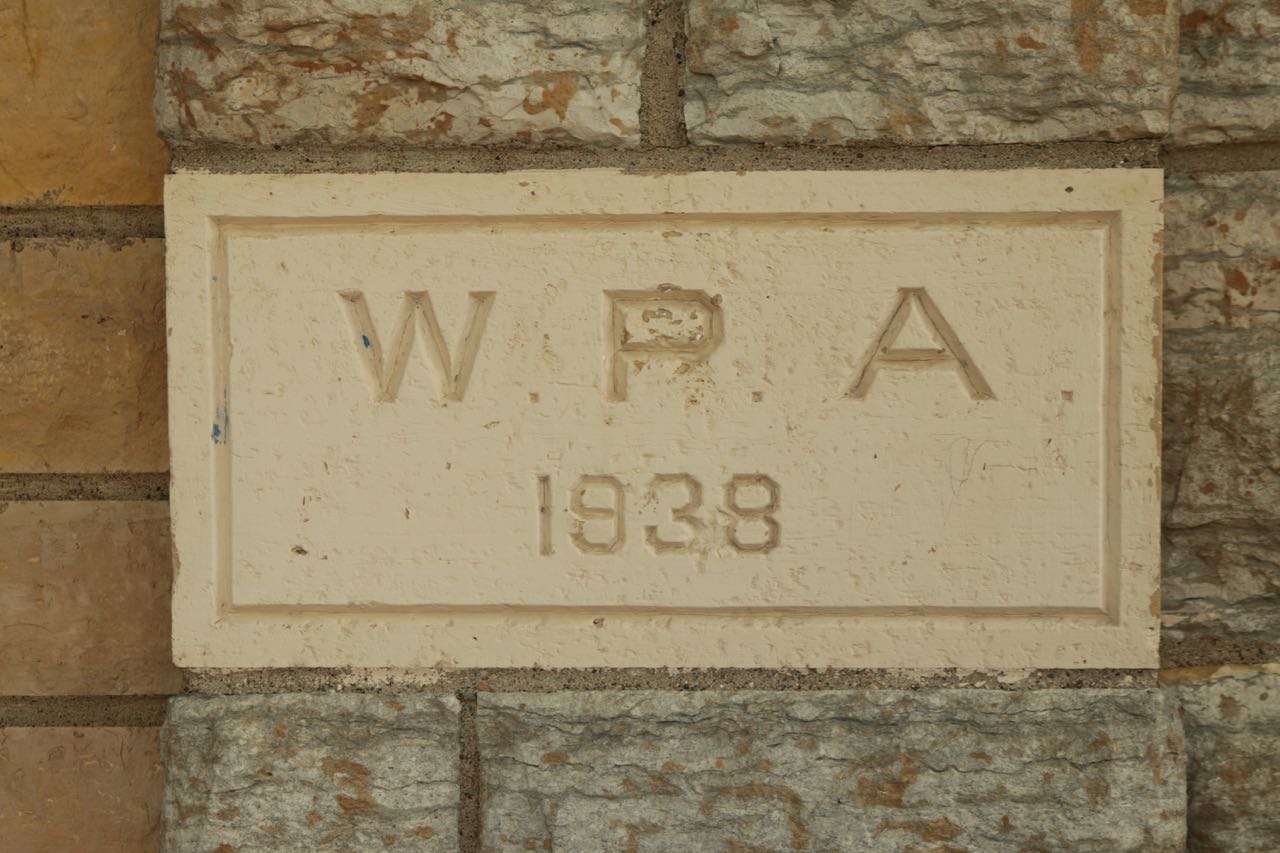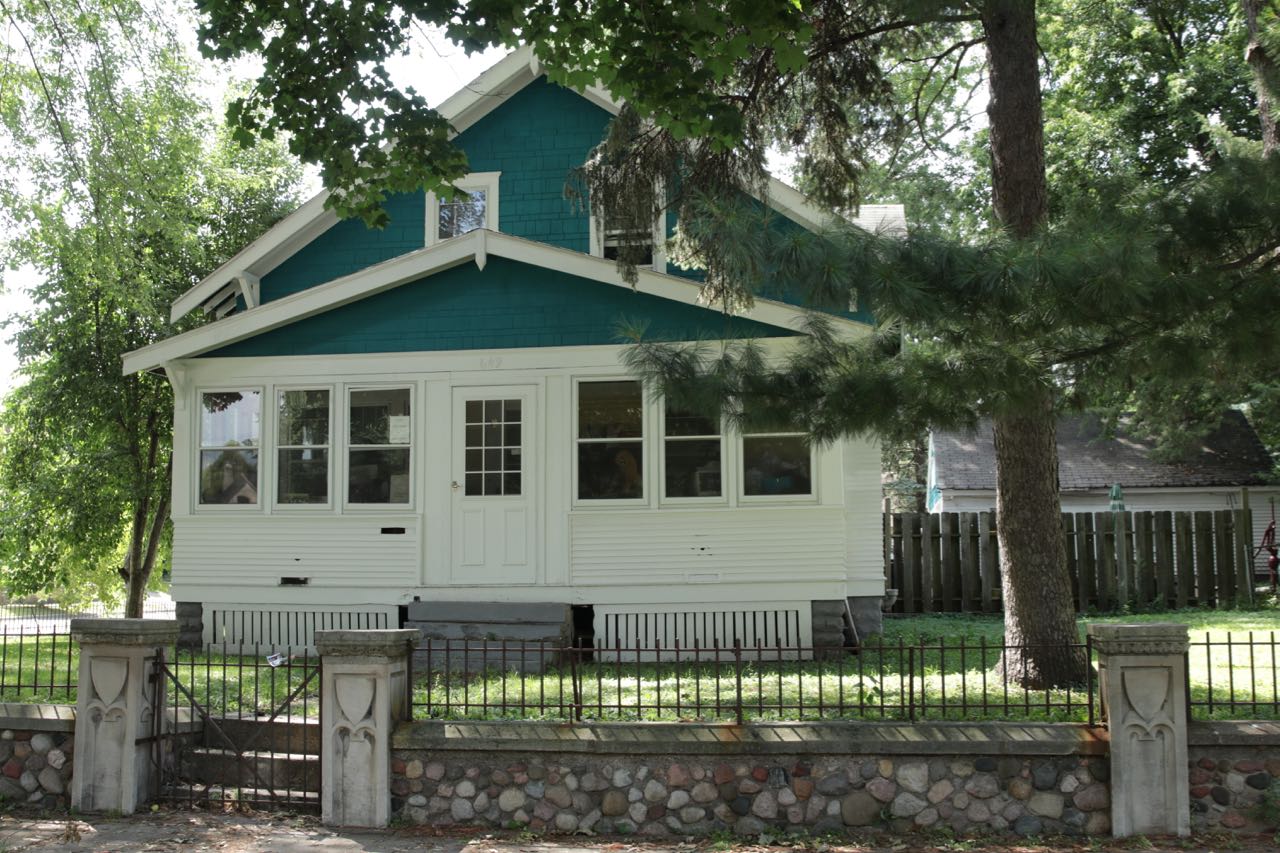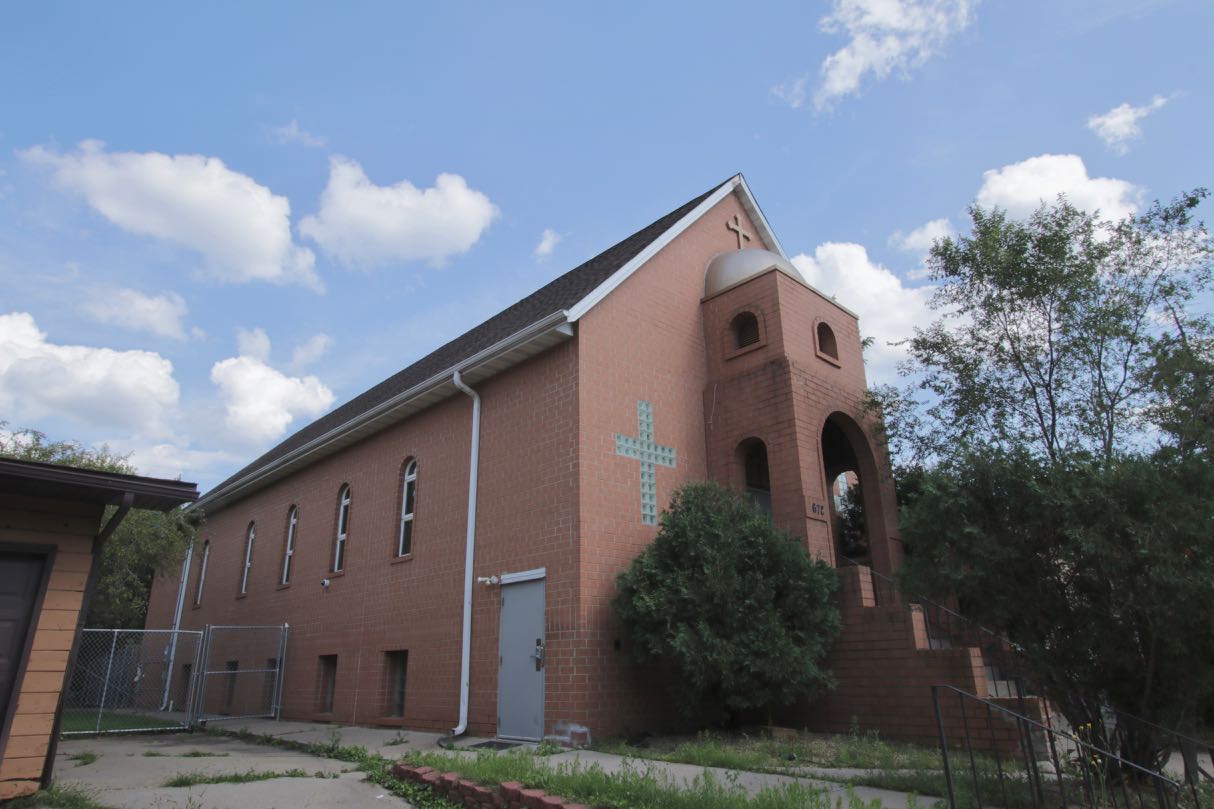August 4, 2019
17.3 Miles
Macalester-Groveland, West Seventh, West Side
Explored the West Side on this ride. It’s a place I’ve been many times to eat, drink and celebrate Cinco de Mayo, but sporadically on my bike. Therefore I’m familiar with many of the main roads on the West Side – Concord Street, Cesar Chavez Street, Smith Avenue, and of course Robert Street (with which I’m so well acquainted that I call it Bob Street.) But the bulk of the West Side is new to me and stocked with discoveries.
It takes some pedaling, and a stop or two, to get to the West Side from my house. One pause of note was on Benhill Street, a Mac-Groveland thoroughfare that curves down among the bluffs and has gorgeous and large old homes.


There is no way to get to Cherokee Heights or anywhere else on the West Side without earning it through a climb up at least one street that scales the steep bluffs. My route of choice was the new High Bridge, which reopened in late November 2018 after a complete renovation that shuttered the bridge for 15 months. The marvelous view of the Mississippi and surrounding areas remains. Among the multitude of improvements is the new bike/pedestrian lanes which are separated from motor vehicle traffic by a concrete wall. (I don’t have pictures of the view or the bike/pedestrian lanes because I chose to ride the entire length of the High Bridge rather than stopping for photos.)

Baker Street runs nearly the entire east-west span of the West Side, save for a couple of short interruptions.



As I continued east on Baker Street, a large athletic field came into view as I crossed Waseca Street. I doubled back to Waseca Street and turned south to investigate. Just a block south I found the unassuming but well cared for Baker Community Recreation Center building. The white and cream stone building, a WPA construction, was built in 1938, the most prolific year for WPA projects in Minnesota.


Around the back, there was action in the form of people organizing uniform pieces into bins.

Marissa Franco, her brother, Carlo, and another person were hard at work sorting through sundry pieces of football equipment. Marissa told me they were getting ready for the West Side Boosters’ football season. “They are a community organization nonprofit that serves the kids here on the West Side, and not just sports but life and teaching these kids how to be adults and teaching them good skills to have.”

The West Side Boosters was founded in 1970 but according to its website, its roots go back another 30 years.
About 300 kids in fourth through eighth grade signed up to play tackle football in 2019, said Marissa, and about 30 pre-kindergarten through third graders registered for flag football. And yes, she stated emphatically, some girls play too.
“We have some girls out here. Could we get the few girls who are tough enough to get out here and play football? Oh, yeah!”
Marissa talked about the pride West Siders have in the youth teams. “There’s a lot of people in this community who are so involved and everybody takes such big pride in being a West Side Booster. The traveling basketball team that goes around the United States to play and when people see it they recognize that those are the West Side Boosters from the West Side of Saint Paul.”

The West Side Boosters is a long-standing tradition for Marissa’s family. “My dad played for the Boosters when he was a kid. And so all his friends are now coaching. They coach or they have kids and grandkids that play for the Boosters.”
“My dad was the Booster president way back in the day when I played for the Boosters and my brother played for the Boosters and our younger sisters also played for the Boosters as well.”
Marissa’s sports of choice were hoops and softball with the West Side Boosters. “Basketball from kindergarten through eighth grade. I played t-ball and then I went into softball and played that from kindergarten through 8th grade.”
“We take pride in our kids making sure that they grow up and they know that they always have somewhere to come back to. We always say once a Booster always a Booster.”

Marissa is proudly immersed on the West Side, from the Boosters to her job. “I work at Humboldt as a special ed paraprofessional. I’ve worked with every setting in that building from deaf/hard-of-hearing to emotional behavior kids, autistic development, developmentally challenged students, and then just in the general public at Humboldt. A lot of the kids already know my face so they know that there’s somebody there that was here. I went to Humboldt. I did the stuff. I was you guys at one point.”
“We’ve had multiple City championships. People ask, ‘Who do you guys play for? You guys play hard,’ and it’s always fun to say, ‘Oh I played for the West Side.’”
“If people didn’t give back then we wouldn’t have this big of a program. All of our coaches played in the Boosters when they were kids. All of our former players come back to watch games. It’s a family thing.”

The “new” Baker Rec Center is at 209 Page Street West but it’s no more than 50 yards to the south and up a hill from the Annex.



The nonprofit Youth Farm has one of its five Saint Paul gardens at Baker (and five others in Minneapolis.) The Youth Farm mission, according to its website, is to grow food, community and leaders. Its programs are open to young people from ages 9 to 24.






Upon completing the tour of Baker Rec Center and Cherokee Heights Elementary School it was back to Baker Street to continue eastward. Six blocks later, at Humboldt Avenue, sprouted a large, multi-block, school complex.

My keen sense of the obvious told me this must be the Humboldt High/Junior High School complex at Baker Street and Humboldt Avenue. I’d been to the Humboldt complex previously but hadn’t ever approached from the west, and the Open World Learning Community (OWL) sign added to my confusion. With a bit of research I learned that OWL is a 6th through 12th grade program with about 450 students within the complex. Humboldt, meanwhile, also has 6th through 12th grades within another part of the building.


Humboldt was named in honor of Baron Alexander von Humboldt, a renowned German scientist, explorer and statesman who died in 1859. His work advanced knowledge in geology, meteorology, biology and more. A comprehensive list of von Humboldt’s many accomplishments is on the Humboldt State University website.
This 1909 building was the third Humboldt School constructed by the school district. The original, likely for kindergarten through 8th grade students, opened in 1879 on the southwest corner of Robert Street and Colorado. That site is now occupied by a part of the Torre de San Miguel Homes. Only nine years later the second Humboldt building (and first Humboldt High School) opened about two blocks away on the southeast corner of Livingston and Delos.




The block-long retaining wall along Elizabeth Street on the north side of the Humboldt/OWL complex has been colorfully adorned by school clubs, teams and students with images representing the school and West Side.




Continuing my way around Humboldt I reconnected with Baker Street, which is where the main entrance to the building is. This is when I discovered the school complex was under construction.. The magnitude of the renovation fully dawned on me when I turned onto Livingston Avenue. It might seem odd that I didn’t notice major construction until I got to the third side of the building but the Humboldt/OWC campus occupies seven city blocks!






Back on Baker Street near Humboldt’s main entrance, I rode east one block to Robert Street, where Baker ended for two blocks. After a quick jog south on Robert to Morton Street, I took a left. Morton is an extremely short street with just three homes and a former church. The street dead ends for cars but has a pedestrian stairway down to State Street.



I was intrigued by the petite red brick church on the northeast corner of Morton and Robert which seemed to be well maintained, aside from overgrown bushes and trees.


Turns out the Ethiopian Orthodox Tewahado Church is no longer in the building and it and the home to its north are for sale.
At one time the congregation of Saint Mary’s Antiochian Orthodox Church, primarily descendants of Syrian and Lebanese immigrants who came to Saint Paul in the late 1800s, worshiped here. In 1998 Saint Mary’s merged with nearby Saint George Antiochian Orthodox Church and moved to West Saint Paul.


Morton Street’s dead end seemed like a fine place to turn back toward home, even though I had a few more blocks of Baker Street to travel. Returning west along Baker, I followed its very short jog north at Bidwell Street. Just before turning west back onto Baker, the sight of the First National Bank building in Downtown transfixed me.

I can’t think of a better way to rap up this ride than seeing the First National Bank building (and a few other Downtown buildings) framed by trees on Bidwell Street.
Click here for a turn-by-turn view of the route I took for this ride.
